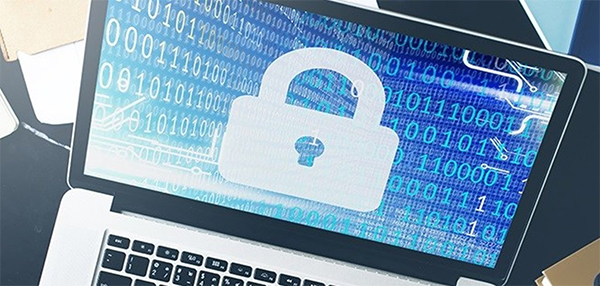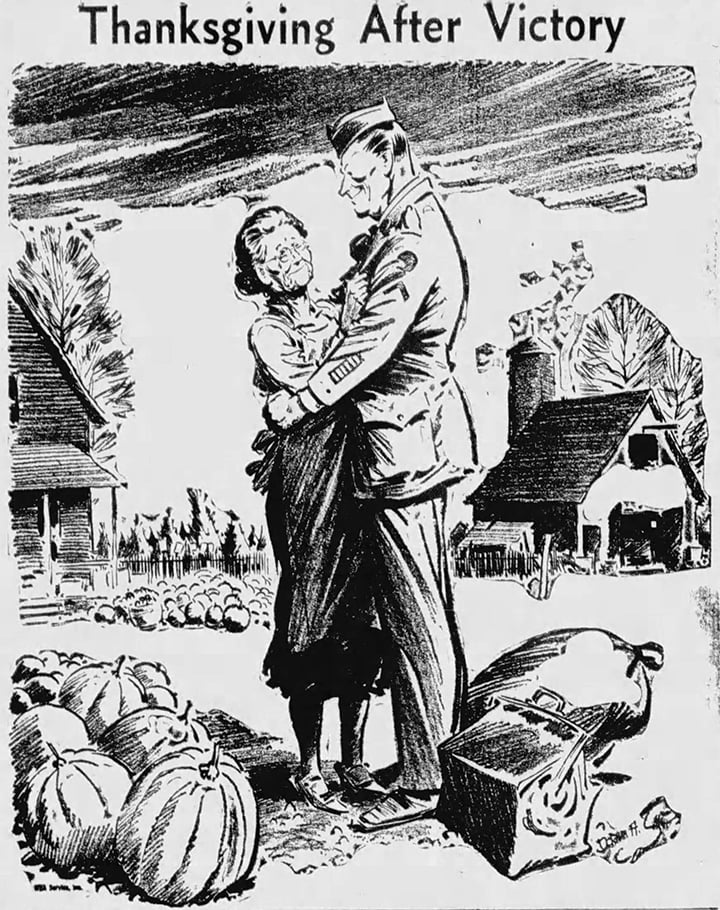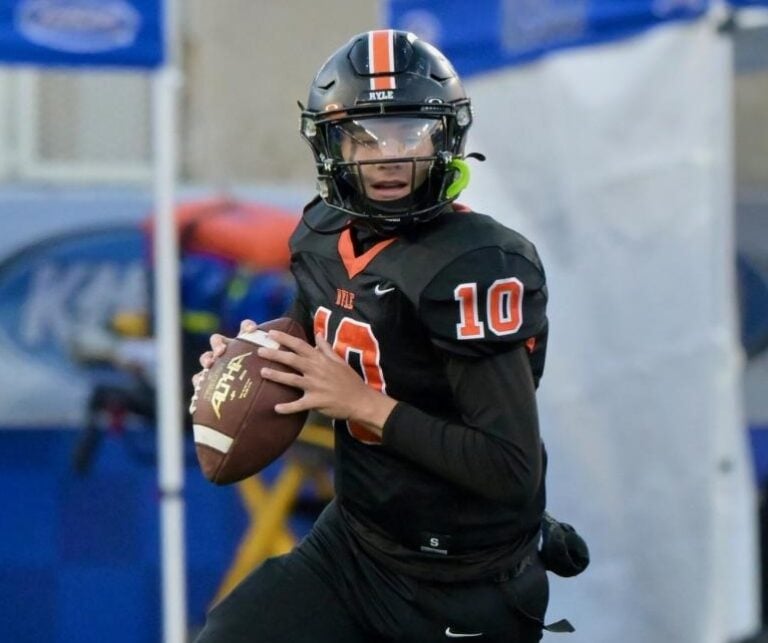After more than two years of masks, quarantines, needles, and other COVID-related woes, the public is weary of restrictions and ready to “go back to normal,” whatever that means.
But there may be no going back.
In a recent NBC news report, Dr. Elizabeth Halloran, an epidemiologist at the Fred Hutchinson Cancer Research Center in Seattle, said of her fellow researchers, “Everyone has stopped talking about getting rid of COVID. It’s not going away, and that means it’s going to be endemic.”
As a result, scientists now expect the virus to circulate indefinitely, albeit with lower and more predictable case numbers. Reliance on extreme measures like local lockdowns and mass masking mandates are likely to give way to efforts focused on reducing risk and allowing the vaccinated and “boosted” to go on with relatively normal lives, with precautions. Nevertheless, some groups may continue to be more vulnerable than others, including the very young, the very old, and the medically fragile.
At Murray State University, one long-term result of COVID may be the presence of United Campus Workers of Kentucky, a chapter of Communication Workers of America. Described as providing “wall to wall” representation, the union goes beyond faculty and staff to include graduate and undergraduate workers too.
According to the UCW-KY website, “Together, we are fighting for public institutions that truly serve the public good.”
Past efforts toward union organizing at MSU have been desultory, but emerging economic and political trends are raising awareness of the ways unions might improve working conditions. Antje Gamble, associate professor and founding member of the MSU chapter of UCW, credits the defunding of public education as one factor paving the path to a union in Murray.
Over time, ongoing budget cuts hit bone. “At a certain point,” she said, “you can’t keep it up.”
The last straw, according to Gamble, was in the aftermath of the tornadoes that slammed western Kentucky and Tennessee in early December. Forty-nine faculty and staff signed a petition to the Board of Regents about faulty communication in the face of disruptions affecting faculty and staff.
Quoted in the Murray State News, Antje Gamble said of the petition, “The document itself focuses on the administration’s response and how long it took for any correspondence after the tragedy and then the seeming lack of compassion in the response.”

“Staff were asked to come back on Monday, without any acknowledgment of the fact that some staff didn’t have internet or power yet, and so probably didn’t even get the email, let alone be able to come into work.”
The petition also highlighted issues associated with the omicron variant, including mentioning that the COVID Committee was dismantled without any kind of recognition.
Looking ahead to the beginning of the spring semester with the possibility of an omicron surge resulting from holiday gatherings, faculty and staff were also concerned with the spread of the virus on campus. All were encouraged to wear masks and get shots, with no sense of how rules would be enforced. Moreover, the administration announced that the new semester would begin as scheduled — live classes meeting on campus — in spite of an official request for online learning for the first two weeks.
One concerned faculty member commented to me, “Students are at risk in tight classrooms, and the mask policy is stated but not enforced.”
Another pointed out that students and faculty who are also parents of small children, caregivers of elderly or ill relatives, or medically vulnerable themselves, would benefit from the flexibility of distance learning until it was clear that serious risk of an on-campus surge had passed.
The faculty request for remote learning was denied, with concerned individuals advised to seek accommodations through Human Resources or the Institutional Diversity, Equity, and Access Office.
Other campuses have handled the situation with less rancor and more worker input. For instance, Northern Illinois University and its union devised an agreement in advance about when to invoke remote learning: “When or if the campus positivity rate for COVID-19 surveillance tests reaches 8 percent, any instructor may choose to teach online.”
Kerry Ferris, president of the faculty union at Northern Illinois, explained that they supported a “hyperlocal” metric for going remote, “as opposed to a set of criteria that felt more arbitrary or distant.”
They were able to agree on the 8 percent marker because that was the threshold by which the state department of public health monitored regions across the state.
“All we want is for people to be able to make the choices that allow them to feel safe,” Ferris declared, adding that union members were surveyed about their preferences for the agreement.
“This is a lesson in the importance of collective action,” she said.






















